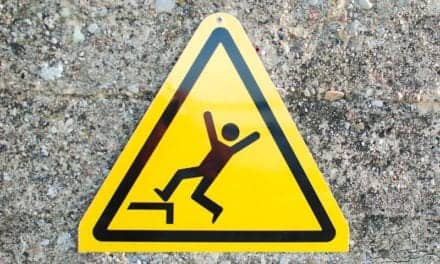A collection of articles lays out new recommendations for determining muscle decline in older adults. The recommendations stem from the National Institutes of Health Biomarkers Consortium Sarcopenia Project, which encompasses scientists and grantees from the National Institutes of Health, along with other partners in government, academia, and the private sector.
A news release from The Gerontological Society of America states that authors of the lead article report, “Low muscle mass and weakness are common and potentially disabling in older adults, but in order to become recognized as a clinical condition, criteria for diagnosis should be based on clinically relevant thresholds and independently validated.”
According to the findings, evidence-based cutpoints of grip strength and lean mass could be used in identifying sarcopenia. In order to create the recommended criteria, the release notes that scientists working with the Sarcopenia Project pooled data from nine larger studies of older adults living in the community and analyzed it for grip strength, gait speed, body mass index (BMI), and appendicular lean mass (ALM). The sample reportedly included more than 26,000 participants. The average age of male participants was 75.2 years, and the average age of the women was 78.6 years. Women also comprised 57% of the sample.
The release states that based upon their analyses, the investigators recommended that weakness be defined as grip strength less than 57 pounds for men and 35 pounds or less in women, and low muscle mass defined as an ALM-to-BMI ratio of less than 0.789 for men and 0.512 for women. The investigators explain that both criteria were linked to an increased risk of developing mobility impairment over 3-years follow-up.
The investigators also pointed out that the datasets included primarily healthy older adults who lived within the community. Additional research is required, they say, in more vulnerable older populations where disability rates are higher.
The final article in the series, the release says, proposes the adoption of the term “skeletal muscle function deficit” as a new terminology to embrace the evolving conceptualization of sarcopenia and other age-related muscle dysfunction. The investigators maintain that the terminology may potentially provide a framework for developing diagnostic categories that are useful for both clinical practice and research.
The full collection of articles appear in The Journals of Gerontology, Series A: Biological and Medical Sciences (volume 69, number 5).
[Source(s) The Gerontological Society of America, Science Daily]





